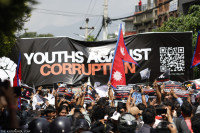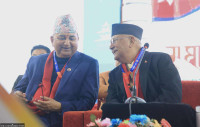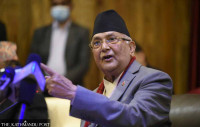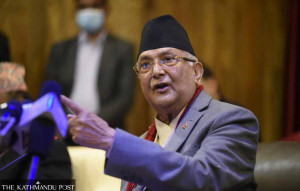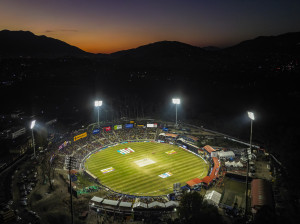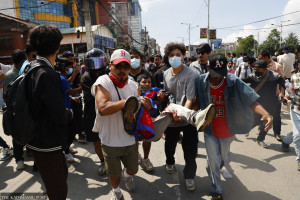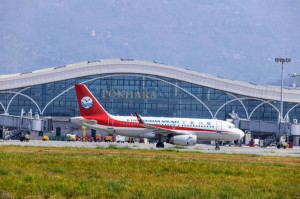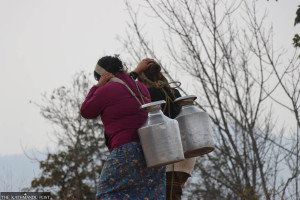Editorial
Out in the cold
Dashain, the longest and most auspicious festival in Nepal, is drawing to a close. Celebrated through the decades by Nepalis of all castes and creed, Dashain has been symbolic of triumph in the face of adversity.
Dashain, the longest and most auspicious festival in Nepal, is drawing to a close. Celebrated through the decades by Nepalis of all castes and creed, Dashain has been symbolic of triumph in the face of adversity.
However, for a number of Nepalis, the 15-day Dashain festival has only served to highlight their sorry plight, living as they are in temporary structures and without the means to generate a sustainable source of income.
Over two years have passed since the 2015 earthquake, yet thousands remain socially and economically vulnerable, suffering from the manifold effects of the nature-induced disaster.
According to the data from the Nepal Reconstruction Authority (NRA) published in June, 717,251 quake-affected families have been listed as eligible to receive reconstruction aid. Of them, 581,719 families have since signed the
housing aid agreement with the NRA in various districts.
However, the crux of the problem lies in the fact that only 562,213 families have received the first instalment of the housing aid, 18,739 families have received the second tranche of the aid, and only 1,205 families have received the third instalment.
Thousands yet remain homeless, in makeshift shelters, struggling to resume activities that would enable them to generate a living.
While the government has already generated considerable criticism for slow-paced reconstruction efforts in the hill regions following the earthquake, their burden has been further exacerbated by the extreme levels of torrential rainfall that wreaked havoc over much of Nepal’s lowlands this monsoon.
The floods destroyed 43,433 houses, temporarily damaged 158,197 others, and displaced nearly 21,000 families.
The government has decided to build flood-resistant houses in flood-prone districts within the next sixth months, but if this announcement follows the same path of lackadaisical reconstruction efforts following the earthquake, it will make for a sorry situation indeed.
For those thousands of families who struggle simply to get by, the celebration of Dashain is a distant dream.
The festival has come and gone, yet the plight of thousands remains the same. State authorities have been quick to blame a shortage of skilled workers and the lack of substantive initiatives among the survivors as major reasons behind the lack of progress, and yet it cannot be denied that the government has been considerably apathetic to reconstruction efforts as well.
Regardless of who is to blame, it is beyond a doubt that additional momentum is necessary for the reconstruction process to continue apace.
Problems posed by the advent of these natural disasters can only be solved if concerned authorities show commitment and zeal.
It is essential for the government to assume a proactive role and make good on its claims for reconstruction.
However, the role of local bodies and victims themselves should not be discounted either.
All parties have to work together to instil sustainable change and triumph over adversity if the victims are to be spared yet another cold winter.




 13.12°C Kathmandu
13.12°C Kathmandu